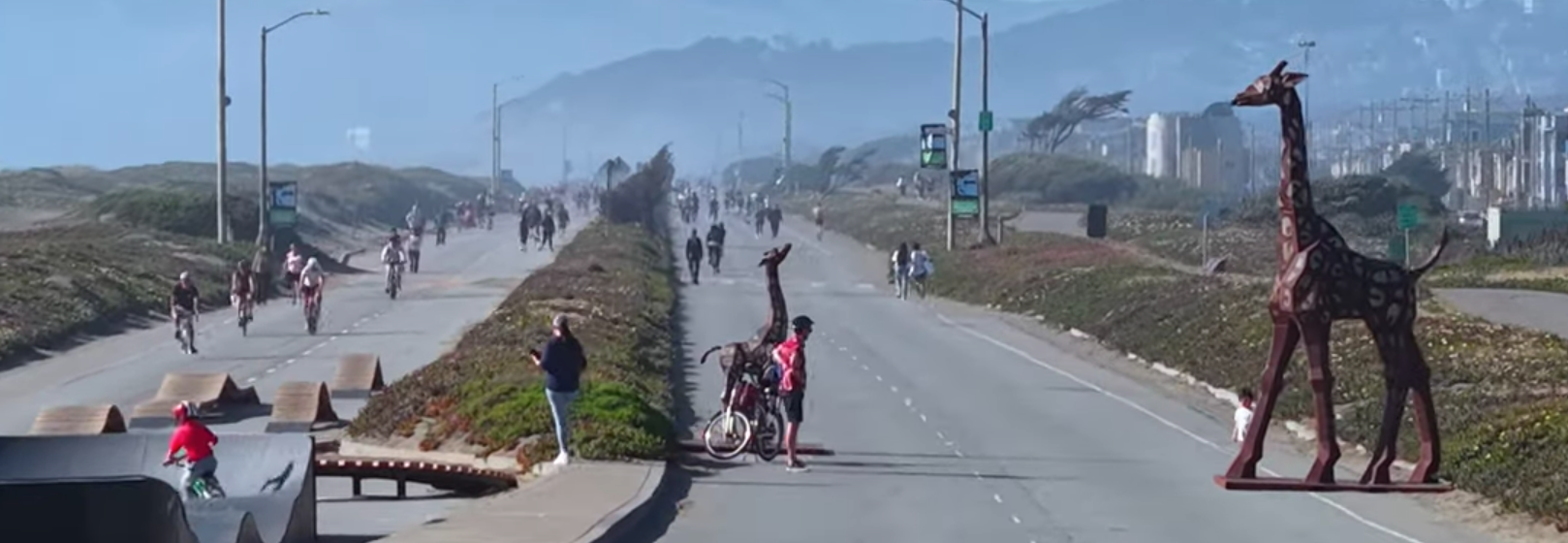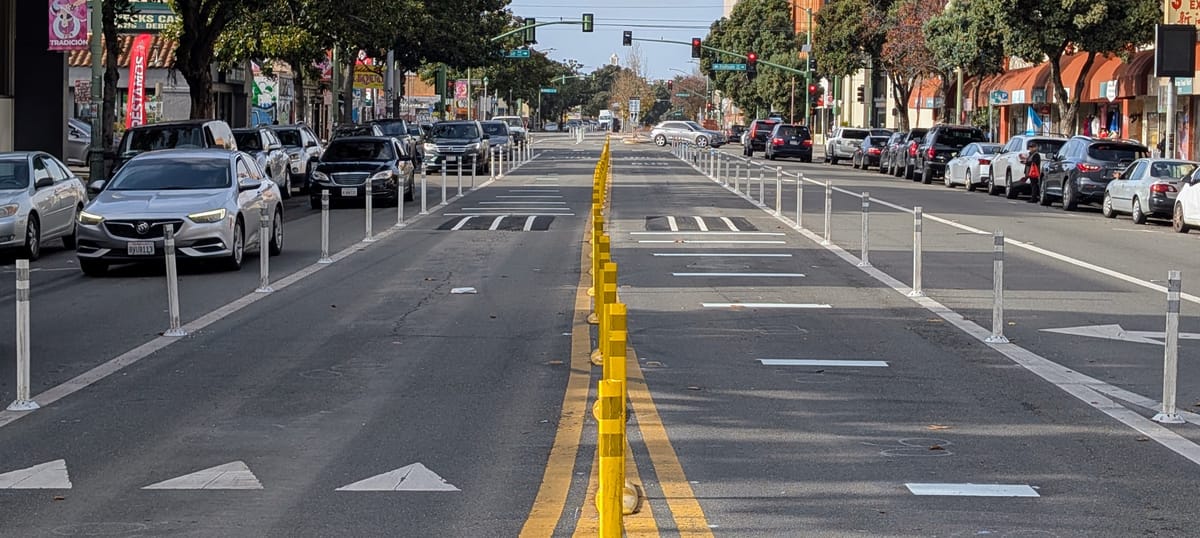The secret to happiness — it’s a question that has occupied mankind since ancient times. You have all the usual theories: money, status, spiritual fulfillment, a really cool bike.

Then there’s our environment. For decades suburbia served as a geographic proxy for happiness, at least in the American psyche.
But a new book flips that idea on its head. In his book Happy City, Charles Montgomery asserts that chief among the factors which set the stage for happiness is the strength of social ties. When suburbia was in ascent, Americans tended toward the kind of communities that isolate people from their neighbors via large lots and long commutes, reducing overall well being, he asserts.
A new post on The Dirt, the blog of the American Society of Landscape Architects, explores Montgomery’s ideas further:
Robert Sapolsky, an innovative neuroscientist, started doing research on baboon social lives. Those pushed around by alpha males had much “higher stress levels.” Stress can be OK when dealing with lions but long-term can be “toxic.” Baboons with “higher stress levels got sick more often and died younger.” However, low-status baboons had great tools. “They had friendships with other low-status baboons.” Also, alpha males, once weakened and older, were often pushed out of the community, meaning they “died alone, scared.” In the human world, it’s the same: strong social relationships with higher levels of trust mean increased life satisfaction. “The more you trust your neighbors, the happier you are.”
Montgomery reviewed the case of the Chicago heat waves, which killed more than 700 people. Researchers found that those who died weren’t in hotter areas but were those with the weakest social ties, the fewest friends. Environment, however, played a big role in this. The “high modernists” who created social housing projects helped create dangerous, socially-isolating environments for people. They still are: the palm project in U.A.E. is “sprawl on the water.”




